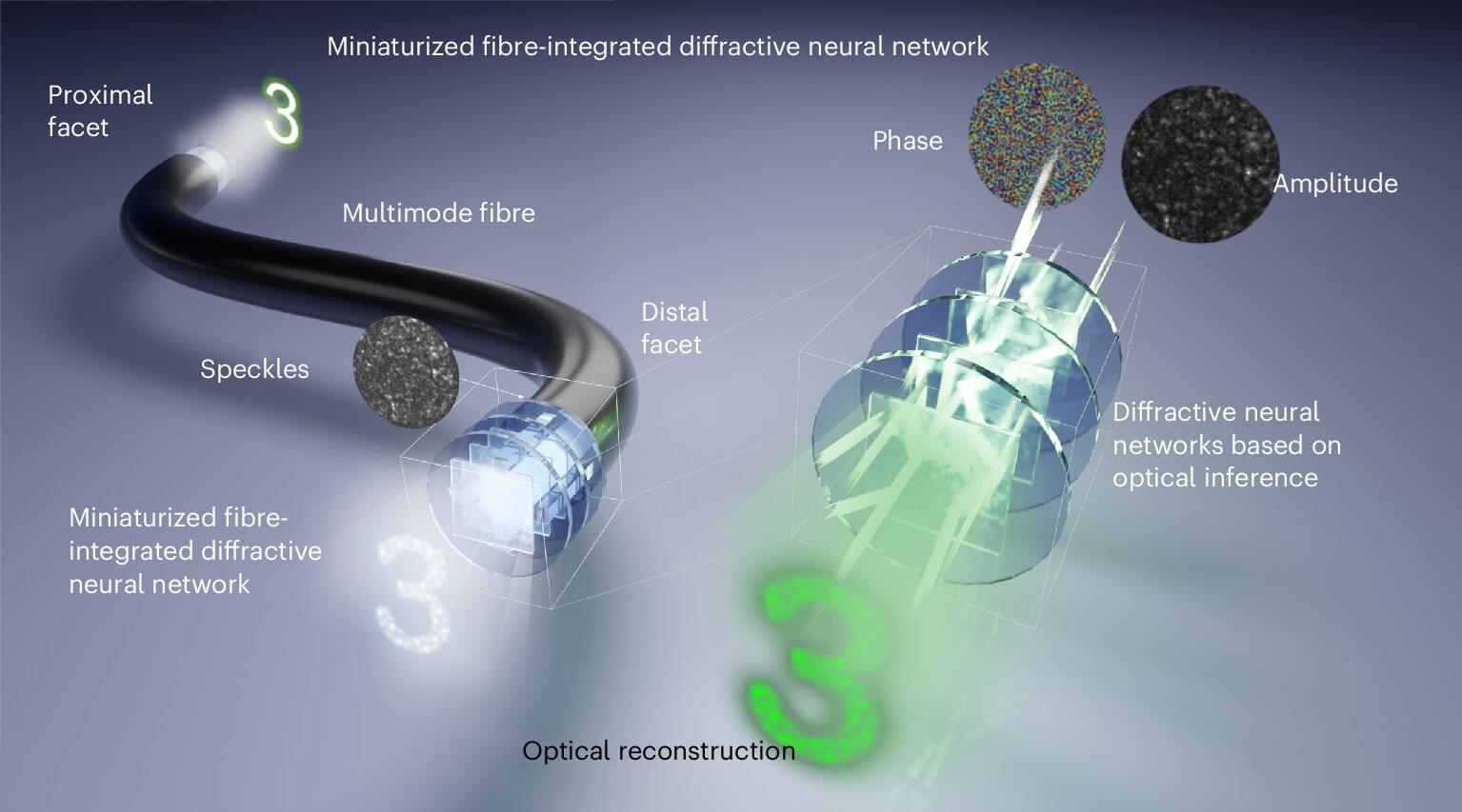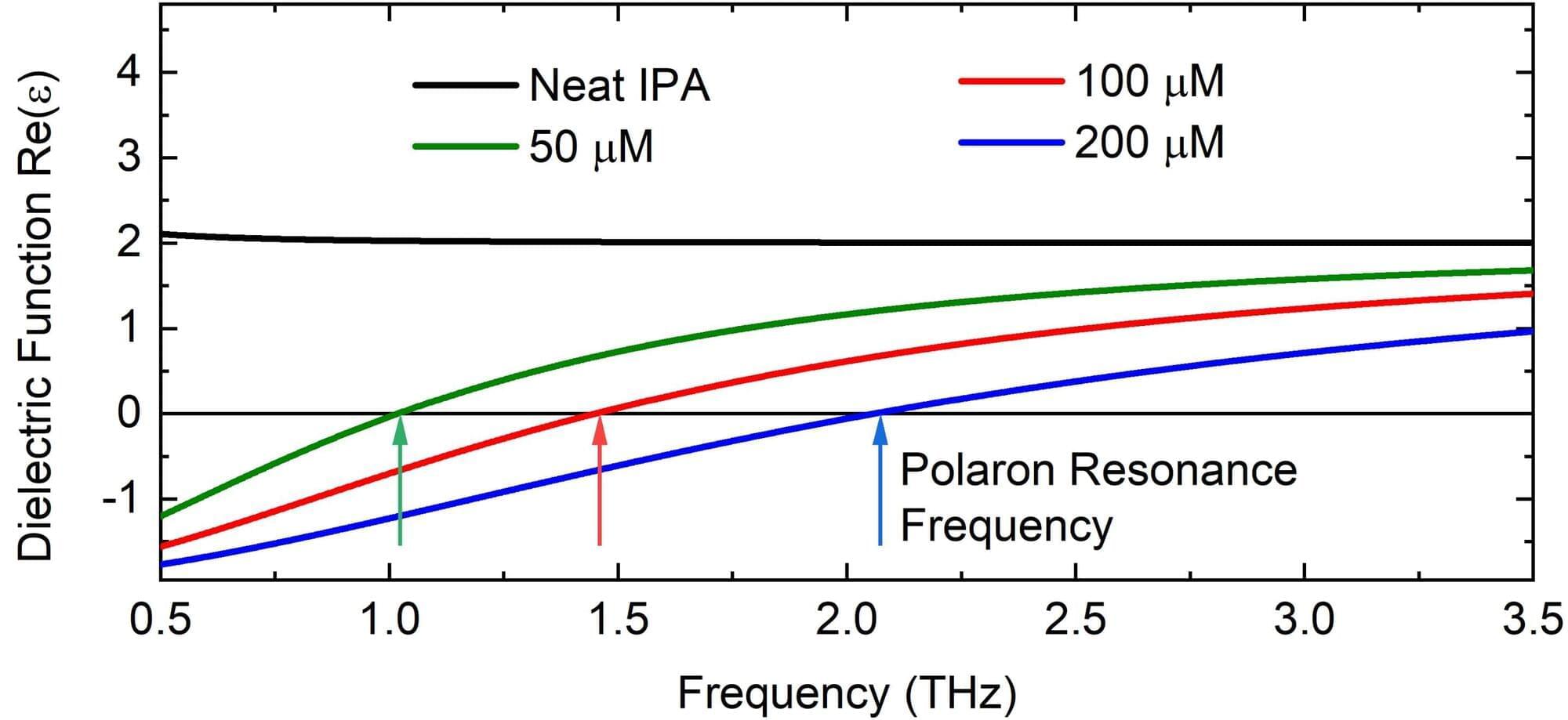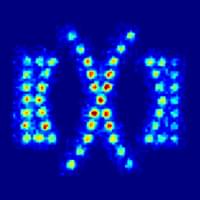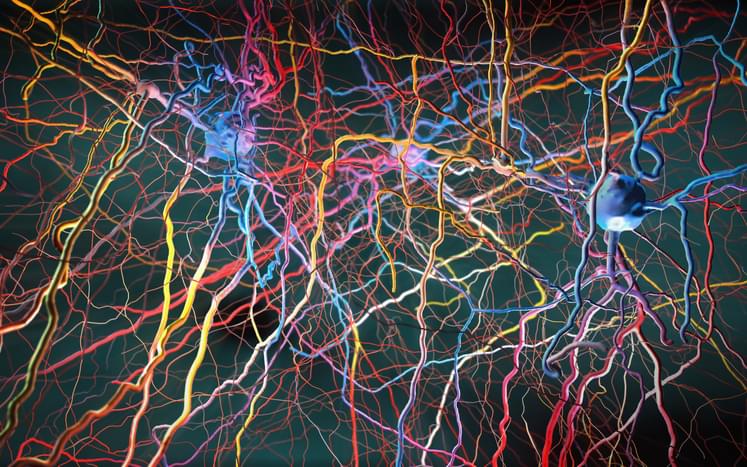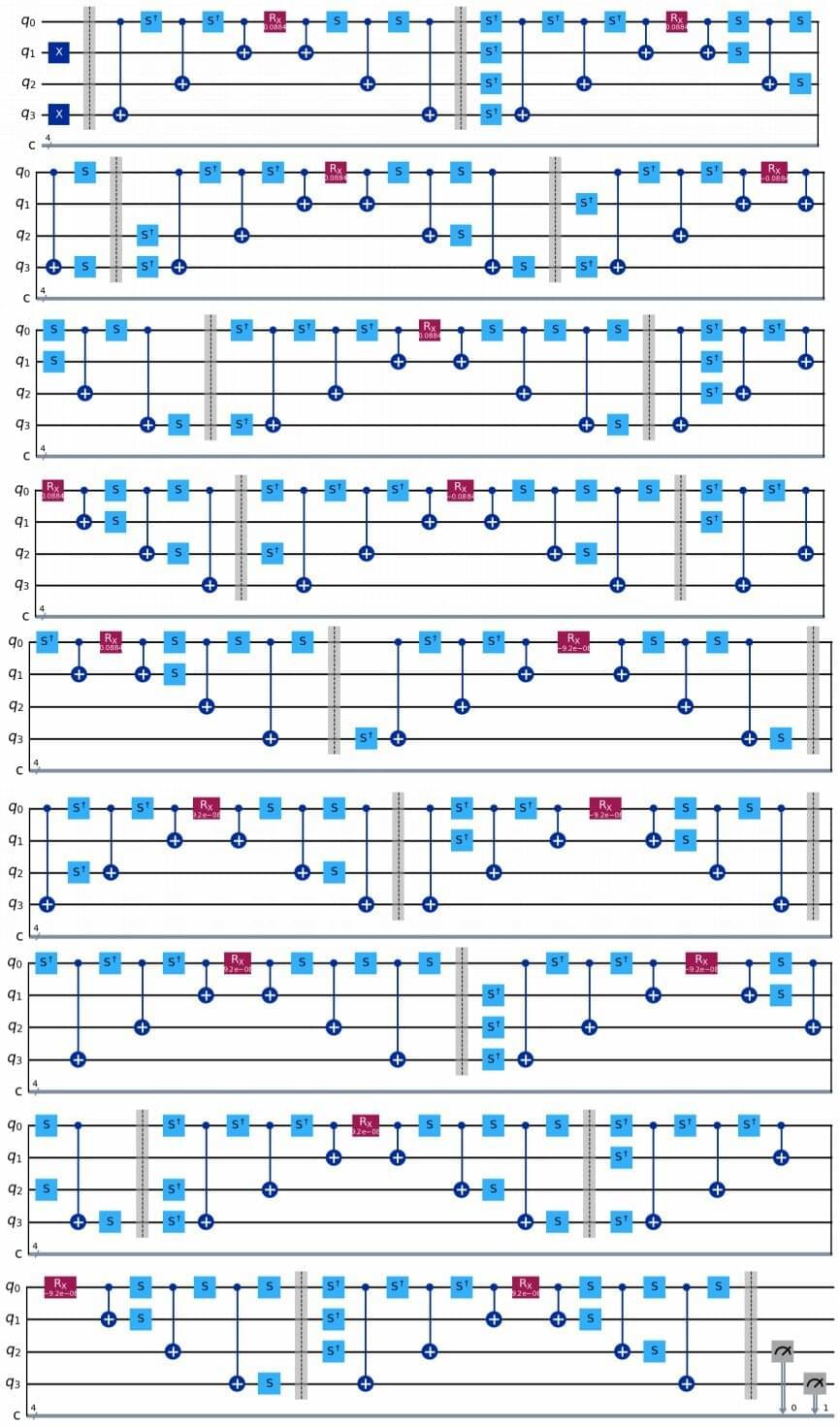Optical fibers are fundamental components in modern science and technology due to their inherent advantages, providing an efficient and secure medium for applications such as internet communication and big data transmission. Compared with single-mode fibers (SMFs), multimode fibers (MMFs) can support a much larger number of guided modes (~103 to ~104), offering the attractive advantage of high-capacity information and image transportation within the diameter of a hair. This capability has positioned MMFs as a critical tool in fields such as quantum information and micro-endoscopy.
However, MMFs pose a significant challenge: their highly scattering nature introduces severe modal dispersion during transmission, which significantly degrades the quality of transmitted information. Existing technologies, such as artificial neural networks (ANNs) and spatial light modulators (SLMs), have achieved limited success in reconstructing distorted images after MMF transmission. Despite these advancements, the direct optical transmission of undistorted images through MMFs using micron-scale integrated optical components has remained an elusive goal in optical research.
Addressing the longstanding challenges of multi-mode fiber (MMF) transmission, the research team led by Prof. Qiming Zhang and Associate Prof. Haoyi Yu from the School of Artificial Intelligence Science and Technology (SAIST) at the University of Shanghai for Science and Technology (USST) has introduced a groundbreaking solution. The study is published in the journal Nature Photonics.
